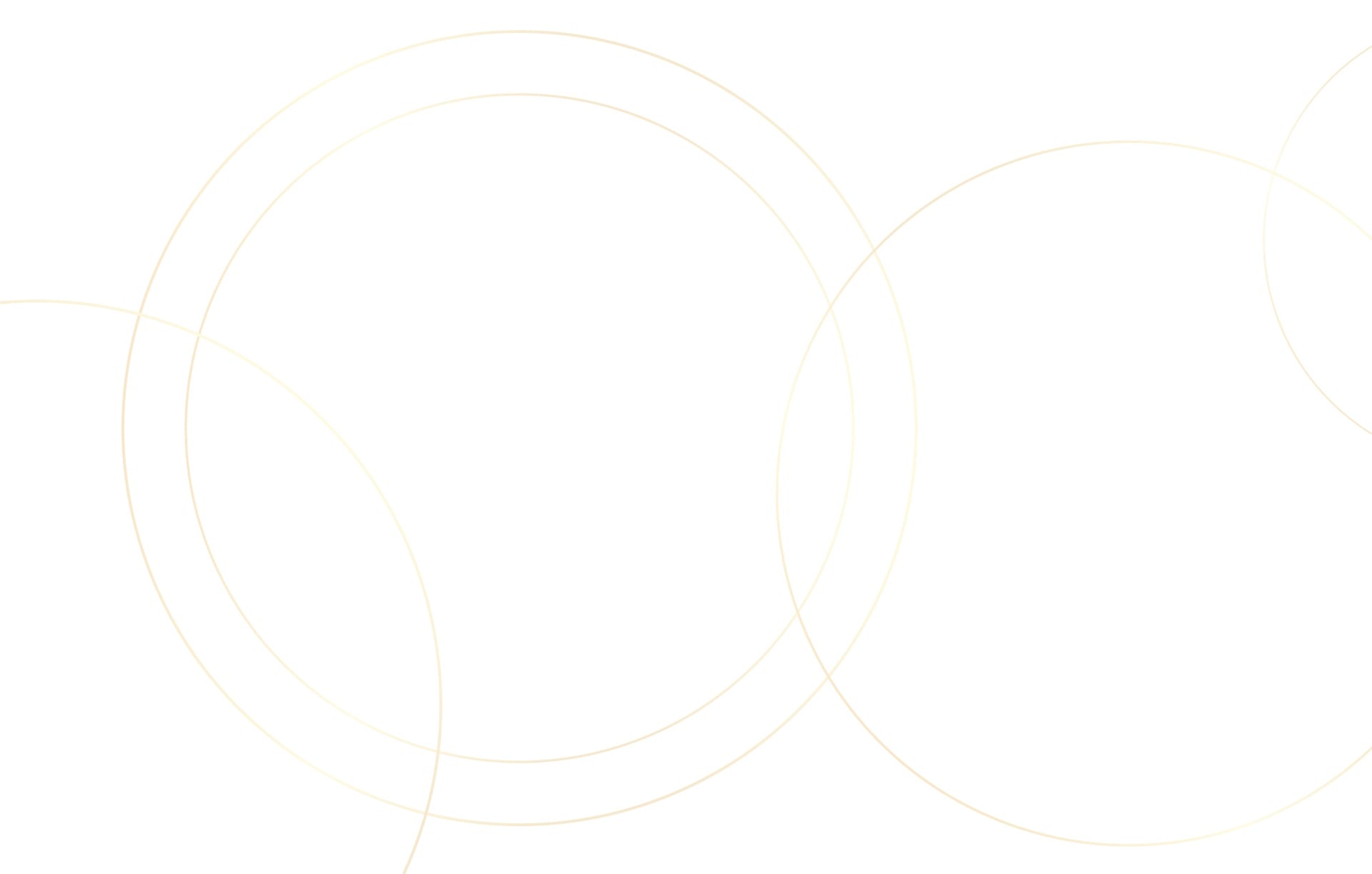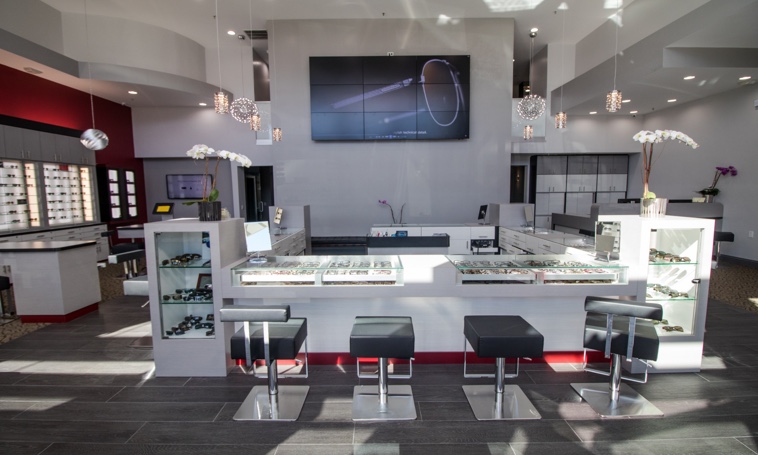
Unique Contact Lens Solutions
Every patient has unique eyes. Sometimes that uniqueness can make it challenging to fit standard contacts. Fortunately, specialty contact lenses offer more options for hard-to-fit eyes.
Our California eye care team at Golden Vision Optometry strives to provide all patients access to more choices. Our practice proudly has 5 Fellows of the International Academy of Orthokeratology and Myopia Control (FIAOMC) out of only 150 in the world! FIOAMC practitioners represents the gold standard of ortho-k and myopia control.
When you’re considering contact lenses, visit us! We can help you understand your options and match you with a great fit.

Who Are Specialty Contacts For?
While standard contact lenses are customized for individual eyes, specialty contact lenses have unique design features that set them apart. Whether you have a high prescription or an eye condition, there may be a specialty lens suited for your needs.
Fitting specialists often encounter patients with hard-to-fit eyes. But what qualifies as hard-to-fit? Multiple factors can make contact lenses challenging, from eye health to eye shape. Some common reasons contact lenses are hard-to-fit include:
- High astigmatism, causing an irregular cornea shape
- Severe dry eyes
- Severe myopia (nearsightedness) causing the eye to be too long
- Severe hyperopia (farsightedness) causing the eye to be too short
- Small eye openings (pupils) or eyelids
An eyeball with irregular dimensions can make it difficult to use standard contacts comfortably, if at all. Traditionally, patients with severe refractive errors or irregular eye measurements were told they weren’t candidates for contact lenses.
At Golden Vision Optometry, we strive to ensure that you are given options, even when you need an alternative to standard contact lenses. The California eye doctors at Golden Vision Optometry have the experience and technology to fit tough prescriptions using specialized contacts.
Contacts for Myopia Control
Moderate to high myopia (nearsightedness) increases the risk of developing eye diseases and can cause significant vision impairment. By 2050, 50% of the global population will be myopic with nearly 10% being highly myopic. Myopia control uses methods like specialty contact lenses to prevent or reduce myopic progression.
MiSight
MiSight is the first FDA-approved multifocal contact lens for myopia control. The design helps slow eye growth to prevent myopic progression while improving distance vision.
Abiliti
The ACUVUE Abiliti 1 day lenses are soft therapeutic lenses for myopia control. The RingBoost design helps slow eye growth and correct vision. The lenses feature clinically-proven comfortable silicone hydrogel material.
Ortho-k
Ortho-k (orthokeratology) uses specially designed, custom-fitted rigid gas permeable (RGP) contact lenses to reshape the cornea. The lenses are worn overnight to correct vision throughout the day. Our Gold lenses can be worn for as few as 3 hours and correct high degrees of myopia.
Why Choose Golden Vision Optometry?
At Golden Vision Optometry, we have experience using specialty contacts for patients with hard-to-fit eyes. We’re passionate about improving access to more vision correction options for our patients. Look no further than our Gold lenses, available for patients with high prescriptions.
Every patient has unique eyes, but that shouldn’t limit your eye care. Discuss your vision goals and eye health with our team today.

Our Services
Our Locations

We have 9 convenient locations throughout California to serve you. We’re constantly growing, so you and your family always have access to the services you need.
Our Google Reviews
Check us out on Instagram
Error: No feed found.
Please go to the Instagram Feed settings page to create a feed.








